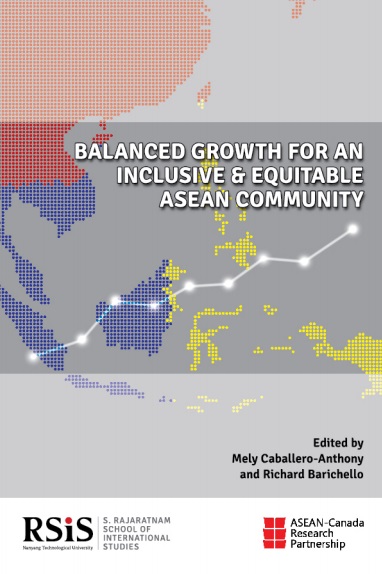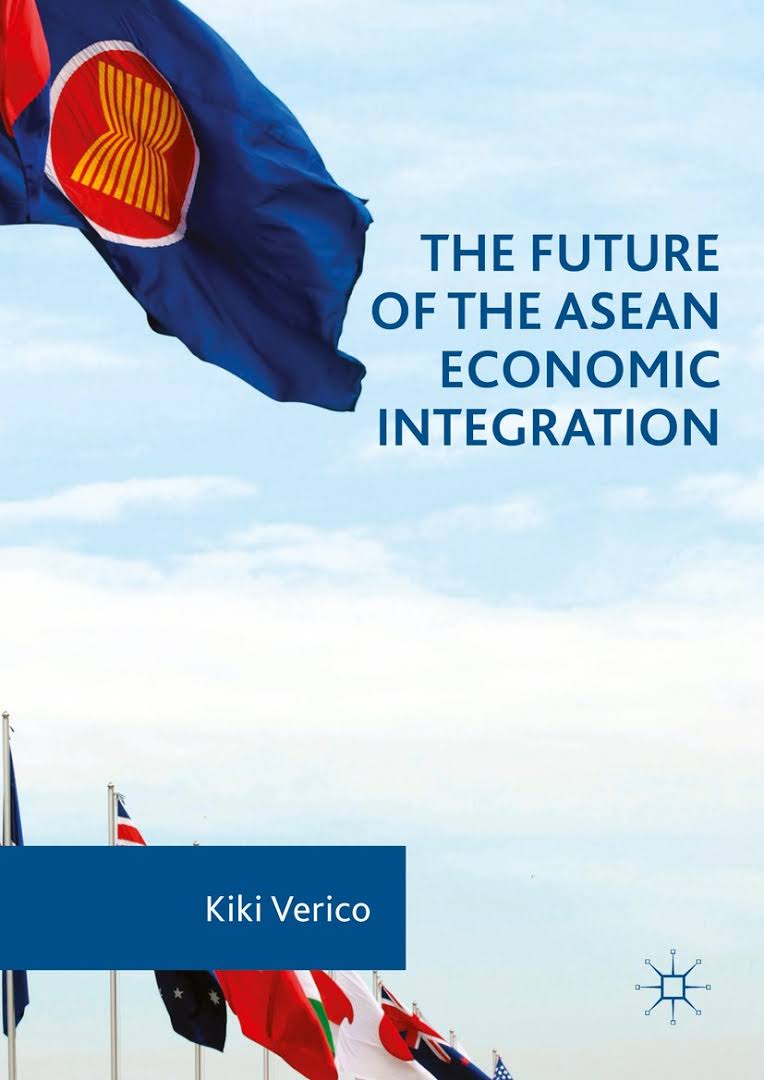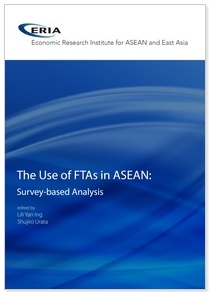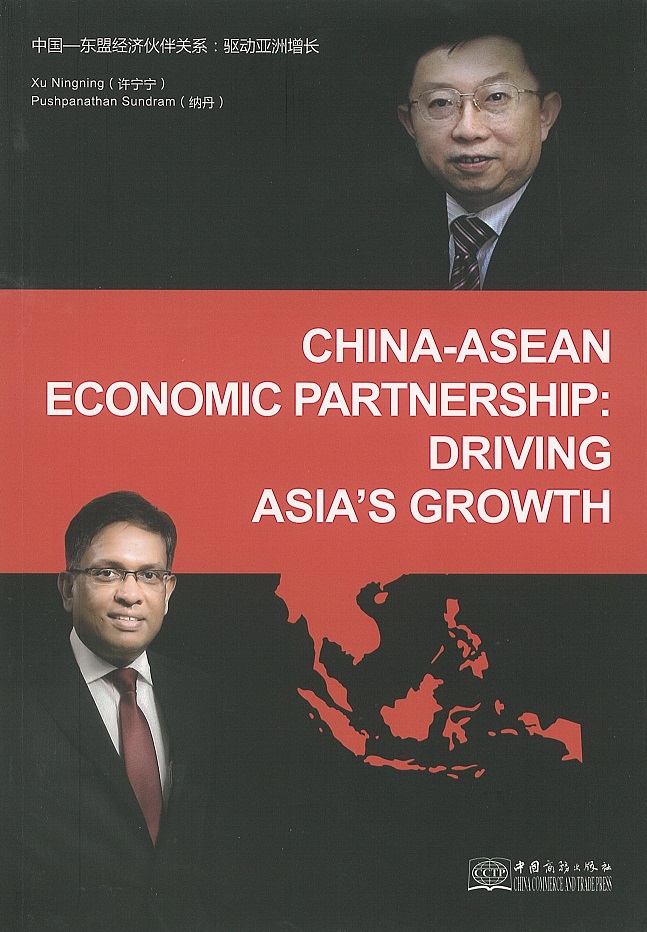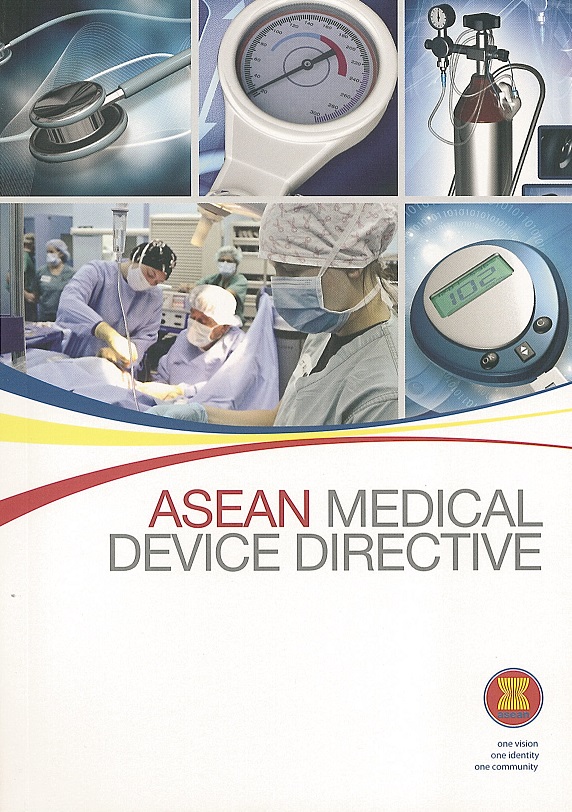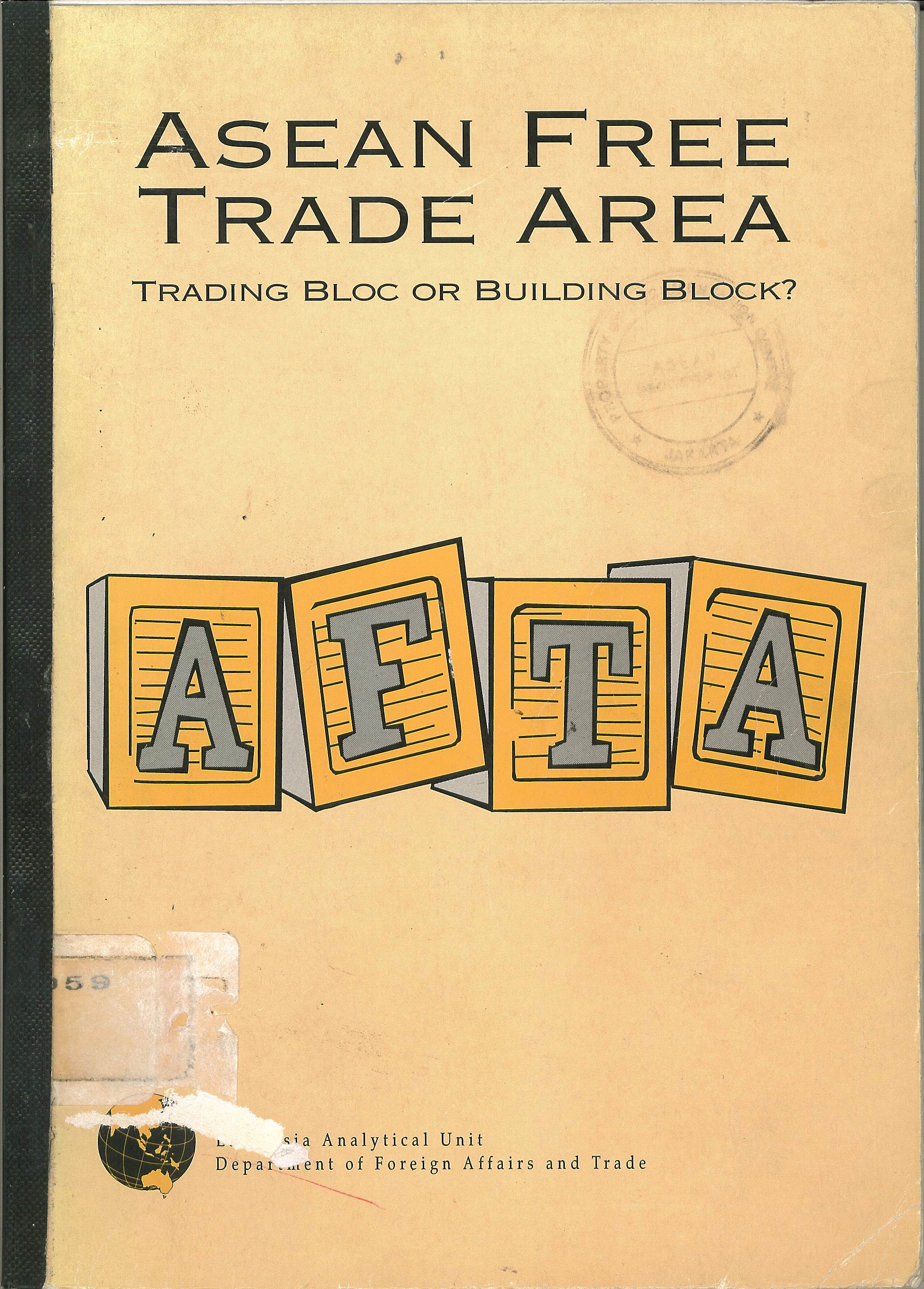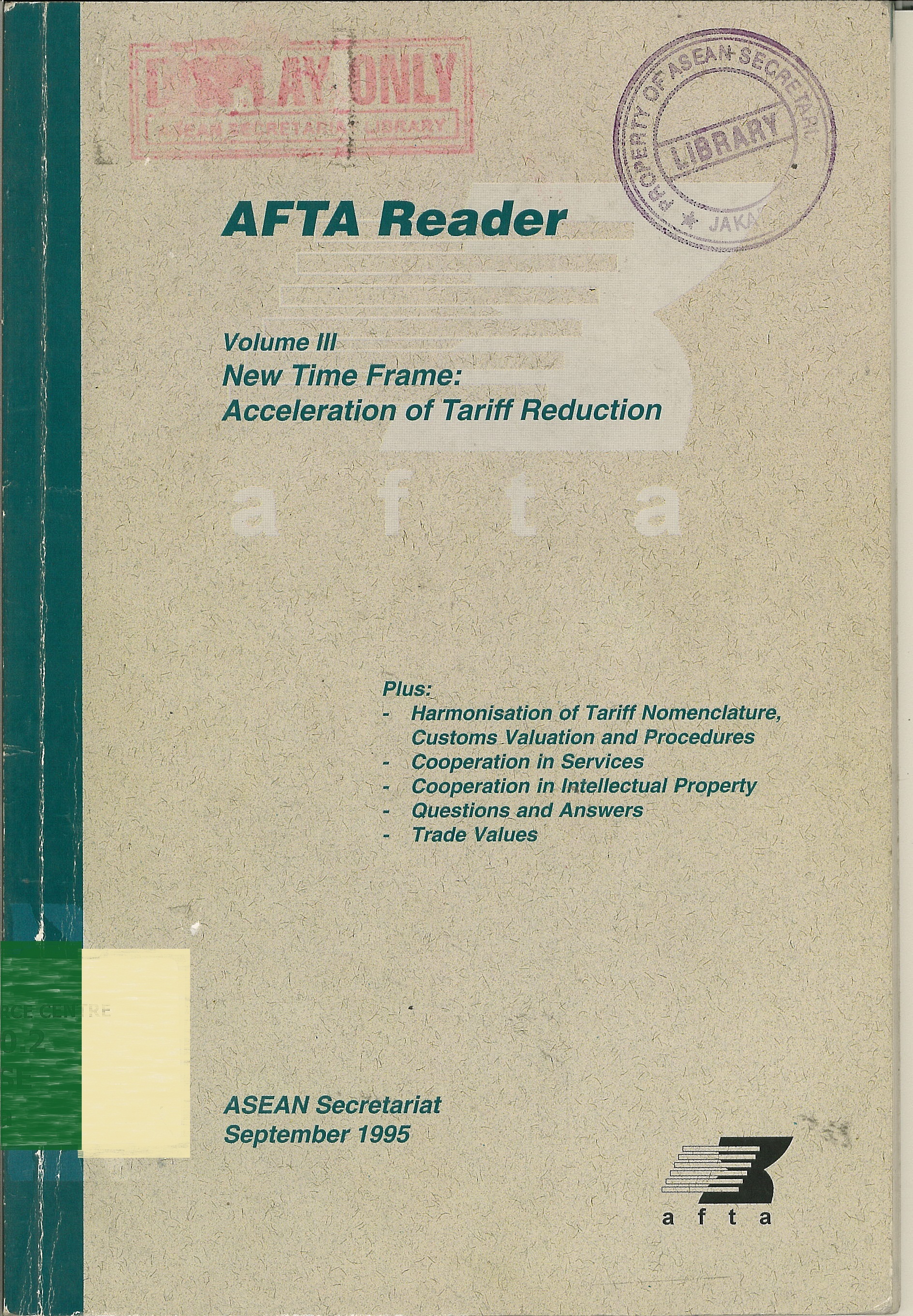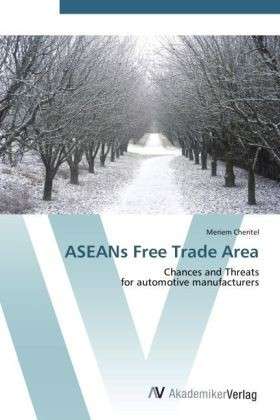ASEAN Trade Area (AFTA): a success of failure? 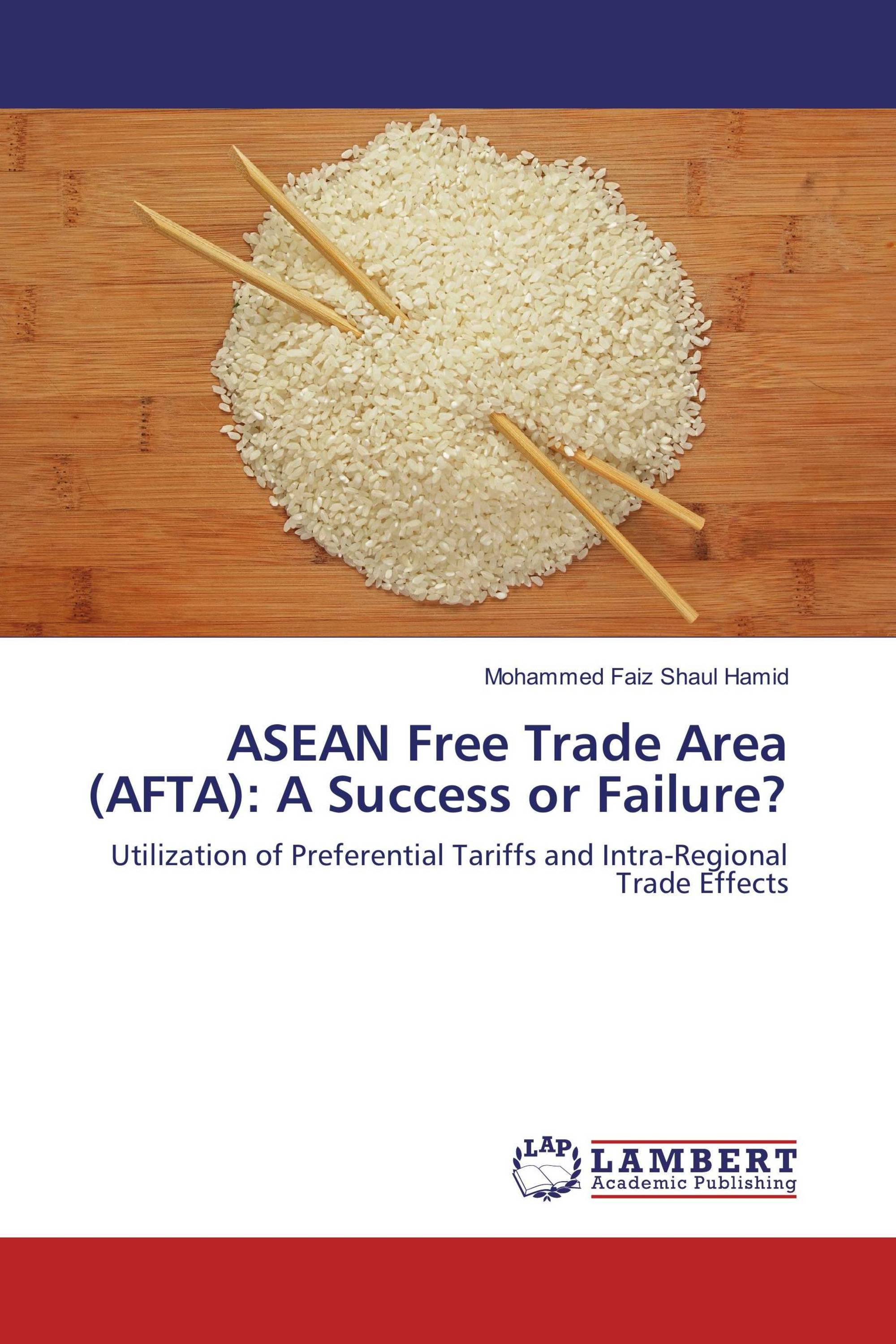 | Subtitle : utilization of preferential tariffs and intra-regional trade effects
Abstract :
ASEAN Free Trade Area (AFTA) was established in 1992 with the main objective of increasing intra-ASEAN trade. Under AFTA, tariff reduction and elimination were introduced through the Common Effective Preferential Tariff (CEPT) and ASEAN Trade in Goods Agreement (ATIGA). As a direct impact of AFTA, the study focuses on the measurement of utilization of preferential tariffs under AFTA and the impact of intra-regional trade from the angle of intra-industry trade and revealed comparative advantage for the three most sensitive industries in ASEAN. A Panel Regression Model is then developed to investigate the determinants of preferential tariff utilization, intra-industry trade and revealed comparative advantage for the three industries. The UR showed that in general, AFTA only benefitted Malaysia export to a very low degree and it also implies that AFTA has not directly benefitted Malaysia export to ASEAN in total. This is coupled with the nature of competitiveness of ASEAN countries among each other in the same industries that would curb any further positive impact of integration in ASEAN.
Registration No : B2583
Author :
Mohammed Faiz Shaul Hamid
Edition :
Impresum : Mauritius: LAP Lambert Academic Publishing, 2017
Description :
Language : English
ISBN 978-620-2-00450-3
Classification:
1. 200 - ECONOMIC COMMUNITY / 210.1 - TRADE AND FACILITATION - ASEAN Free Trade Area (AFTA)
Keyword :
1 AFTA
2 CEPT
Availability :
Hard copies 1 of 1
◀ Return to Category Page |
Related Literatures |
You are not logged in yet
Please log in before you can start to reserve a book. If you don't have a username and password please contact our administrator.
|

